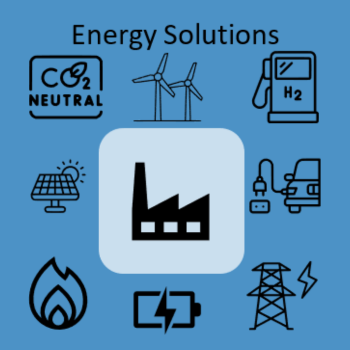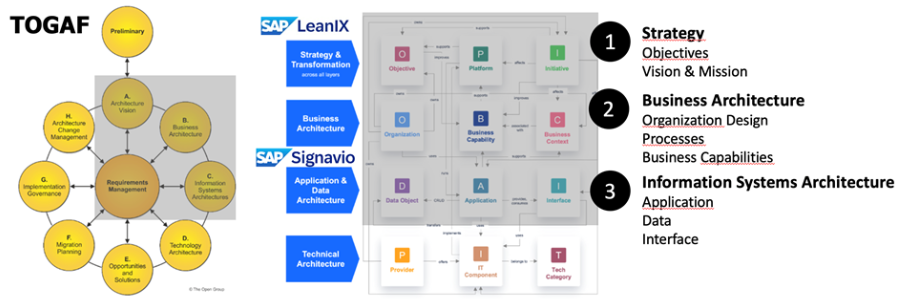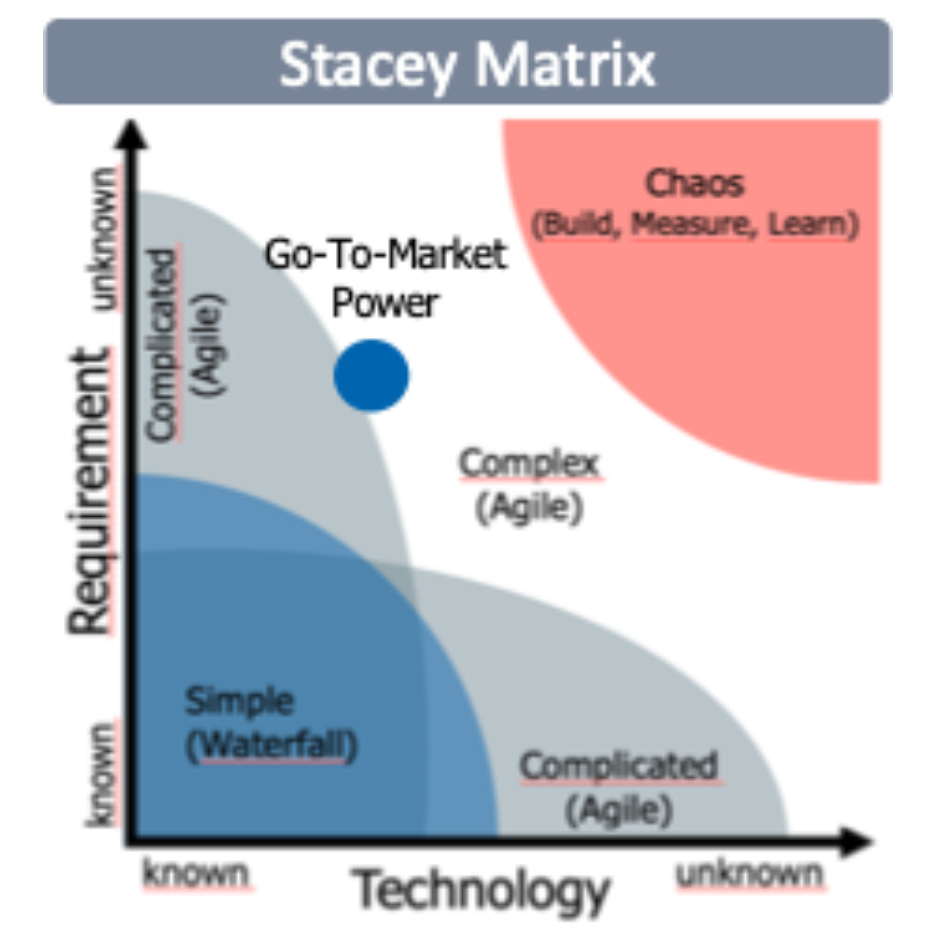SEFE – Securing Energy
for Europe
The Energy Sector in Germany and Europe in Transition
The energy industry is undergoing the greatest transformation of all time. Energy supply today means far more than simply delivering reliable electricity or gas. Future–proof business models are data–driven—with digitalization, big data, and artificial intelligence (AI) as core competencies.
As an energy provider, your new tasks include asset management of onsite PPA systems (solar & wind), battery storage, procurement, and smart market access. Companies in sectors like chemicals, steel, and cement are experiencing massive transformations—only those who understand their customers’ value chains can offer bespoke energy solutions. Data and AI are the decisive success factors to ensure their competitiveness and cost efficiency.

Challenges & Trends Facing Energy Providers
- Decarbonization: Green electricity, hydrogen, CCS/CCU
- Digitalization & AI: Smart metering, process automation, optimized forecasting
- Prosumer Concepts: Customers act as both consumers and producers of energy
- Grid Expansion: Major infrastructure projects such as Südlink, the hydrogen backbone, and the CO₂ network will fundamentally reshape the energy market
- Integrated Industrial Solutions: Onsite PPAs combined with storage, dynamic procurement of deficit volumes, or selling surplus volumes on the market
- E-Mobility: Charging infrastructure & battery storage for corporate fleets
My References
SEFE (Securing Energy for Europe)
SEFE emerged from former Gazprom subsidiaries in Europe—the predecessor in Germany being WINGAS, one of Germanys major gas wholesalers operating pipelines and storage. The EU and Germany aim to reduce reliance on energy imports from countries like Russia and Qatar and to gradually decarbonize the economy. Electricity is key to achieving these political goals. SEFE boasts strong, motivated business and IT teams who fully grasp the strategic importance of electricity. I served as overall project lead for this strategic initiative, with over 200 people involved in total.
RWE
At Germany’s largest energy provider, I implemented CRM systems and call–center solutions with SAP IS–U integration for the B2C business.
ELMŰ (Hungary)
One of Hungary’s largest electricity providers—here too, I single–handedly implemented CRM, call centers, and SAP IS–U in the B2C area, achieving noticeable efficiency and service improvements.
SEFE Go-To-Market Electricity – Successful Transformation from Gas Leader to Electricity Supplier
efore the project began, we defined and visualized the business model using a business canvas and developed a value proposition for German municipal utilities. A comprehensive market study, including addressable market potential and competitor analysis, was one of the first tasks. We also built a C-level and senior-management business case for the go-to-market effort. The project sponsor was Simon Halberstadt, Executive Vice President Sales Development.
B
Strong support from the sponsor and senior management was crucial to success. Within just 10 months, SEFE acquired the foundational capabilities to sell and deliver electricity to German municipal utilities. Besides highly motivated and capable business & IT teams, the key lay in the correct approach. We successfully combined the industry standard TOGAF for enterprise architecture management (EAM) with agile methodologies.

Interviewing all relevant business areas—gathering requirements and capability gaps
Recommending an agile project methodology—with full sponsorship from CSO and IT
Defining vision & mission—aligning stakeholders toward a common goal
Documenting current processes (BPMN in Signavio)—identifying necessary process adjustments and designing new ones
- Developing target architecture per TOGAF (in LeanIX)—defining business
architecture, then information architecture (applications, interfaces, data objects)
Steps included

- Identifying architecture candidates—joint evaluation by business & IT to select
suitable solutions Visualizing all information in Signavio and LeanIX—making the solution path
transparent for both business and ITEstablishing an agile implementation with Scrum/Kanban—executing the solution
across 13 sprints in JIRA and later Azure DevOps
If you’d like to learn more, download the full success story
Current News from the Energy Sector
News Updates – German Energy Solutions
-
Volles Haus, starke Impulse: Die Exportinitiative Energie auf der Intersolar Europe 2025
Source: German Energy Solutions Published on 2025-05-26
-
Wasserstoff im Fokus: Delegation aus Rumänien und Moldau in Deutschland
Source: German Energy Solutions Published on 2025-05-23
-
Auslandsmesse-Programm der Exportinitiative Energie in 2026
Source: German Energy Solutions Published on 2025-04-23
-
Solare Kühlungssysteme gegen Ernteverluste in Kenia
Source: German Energy Solutions Published on 2025-04-23
-
Regulierung, Finanzierung, Steuern – Ihr Wegweiser für PV-Projekte in Uganda
Source: German Energy Solutions Published on 2025-04-15
BAFA News – Federal Office for Economic Affairs
No feed items found.
